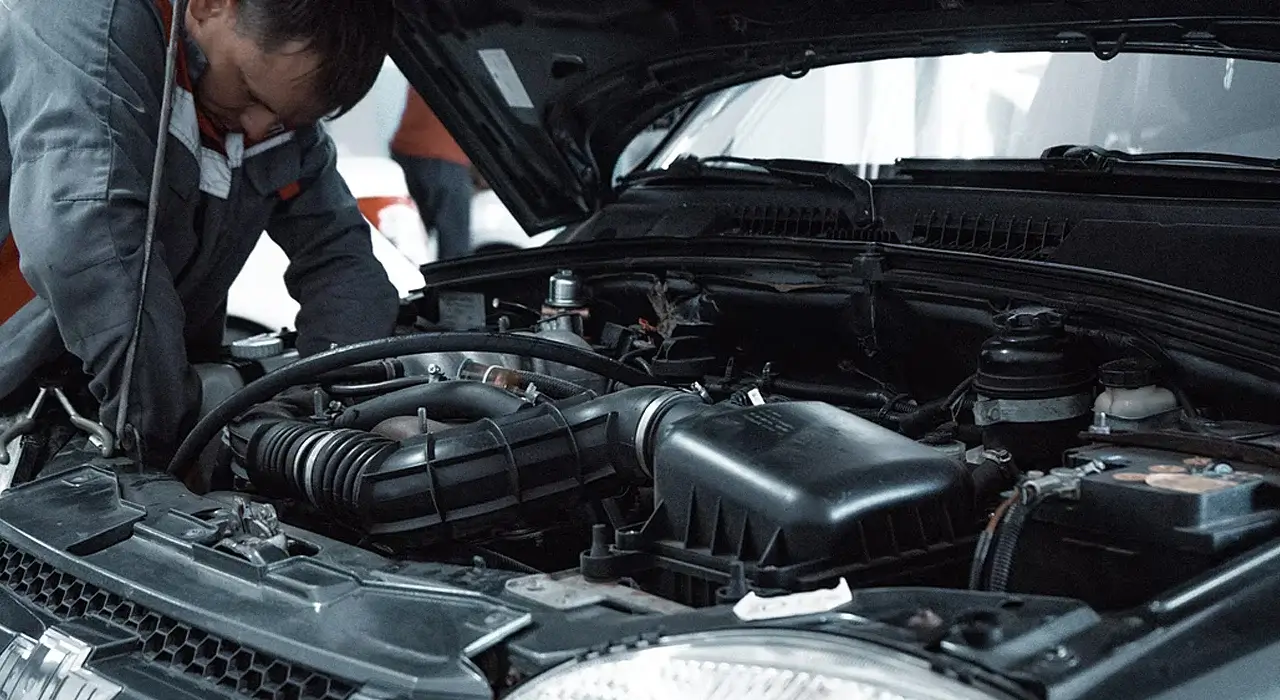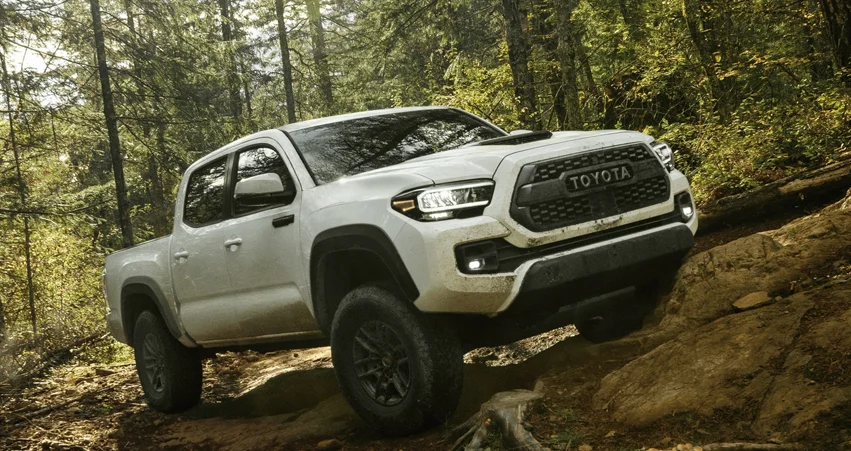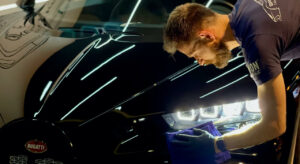Cars, like any other piece of machinery, can break down at any time. It is not always possible to take a car to a mechanic, which necessitates every car owner to have some skills to put to use if their vehicle does break down. No matter if you have a brand new Corolla or an old Range Rover, the five skills explained below might save your day.
1. Using an OBD II Scanner
The OBD II or On-Board Diagnostics 2nd generation port was made mandatory on all cars sold in the US after 1996. It is a port, roughly the shape of an old monitor or printer port typically located under the steering wheel of your car. This is where the mechanics hook up their computers to scan the car.
The good thing is, there are OBD II scanners available on the market that work through a Bluetooth connection. These things are pretty inexpensive and come with an app that you install on your iOS or Android device.
Learning to use an OBD II scanner is necessary because it can tell you about the exact fault in your car if a warning light comes up. If the check engine light is turned on, the OBD II scanner can tell you that the mass airflow sensor needs cleaning.
If you want to carry out any repair on a car made after 1996, you first need to know the origin of the fault. Learning to use an OBD II scanner can make it possible for you to fix your car’s issues at home and save you several costly trips to the mechanic.
2. Checking and Replacing Fuses
Fuses are fail-safe electrical installments that are there to make sure your car’s electrical systems are not overloaded to a dangerous level. However, they can sometimes be blown due to a momentary surge in electricity. If a fuse does blow, you cannot use the system that it is linked to.
When you get a new car, one of the first things you need to do is locate the fuse box. Most fuse boxes have a diagram on them showing which fuse corresponds to which system. New cars also have some spare fuses on the fuse box cover that you can use to replace a blown-out fuse.
You need to learn how to take out a fuse, check if it is blown or not, and replace it with a new one. It is a pretty straightforward process. You pull the fuse out with a pair of pliers, see if the electrical connection between its two terminals is okay or blown out and replace the fuse with one of the same ampere ratings.
Disclaimer: Never use a fuse with a higher rating or any other conductive material to replace a blown fuse. This can lead to the electrical system of the car overloading and can even cause a fire.
3. Changing a Punctured Tire
This one needs to be a part of the driver’s license test. If you do not want to be stranded on the side of a road in the middle of the night, you better learn how to change a tire when it goes flat.
This one is also the easiest and simplest of all the skills that are a must for car owners and drivers. Most cars come with a jack, lug nut spanner, and any other tool needed to change a flat tire.
If you feel a tire has gone flat, you need to pull up as soon as possible. Do not make any harsh steering movements or braking. Gently slow the car down, considering the traffic, and bring it to a complete stop on the side of the road.
Next, take the lug nut spanner and loosen the nuts on the punctured tire. Please do not remove them all the way. Now, jack up the car enough to fit the spare wheel. Once the car is safely jacked up, remove the lug nuts, take the punctured wheel off and replace it with the spare. Tighten the lug nuts so that they are snug, and then lower the car. Once the car’s weight is on the wheel, use the lug nut spanner to tighten the nuts all the way, and you are good to go.
4. Jump-Starting a Dead Battery
If your car has an old battery or has not been used in a while, the battery might not deliver enough current to start the car. Not very often, but batteries can sometimes give up out of nowhere. It is possible that you go to work in a perfectly okay car, and when you try to start it at the end of the day, it won’t even crank.
It would be best if you learned to jump-start your car to get out of such a situation. The process is fairly simple. You need a set of jumper cables and a donor vehicle to power your car from. Connect your car’s battery to that of the donor vehicle in the correct polarity, and you are good to go. Keep in mind that if you have jump-started a car, do not turn it off as it will most probably not start up again. Get the battery replaced as soon as possible.
5. Getting Out of Mud or Snow
This is a skill that you need to learn even if you do not off-road a lot or at all. Whether it is an off-season snowstorm or an under-construction road, there can be multiple situations where you might find yourself stuck in mud or snow.
Thankfully, it is not very difficult to get out of such a situation. Just keep your wits together, put the vehicle in the lowest gear and slowly make your way out of where you are stuck.
Conclusion
We might be very close to self-driving cars, but we are still very far from self-repairing cars. There can be many driving situations where you, as a driver, might need more skills than driving. The top five ones to have are using an OBD II Scanner, replacing fuses, changing a flat tire, jump-starting a car, and getting out of mud and snow.







